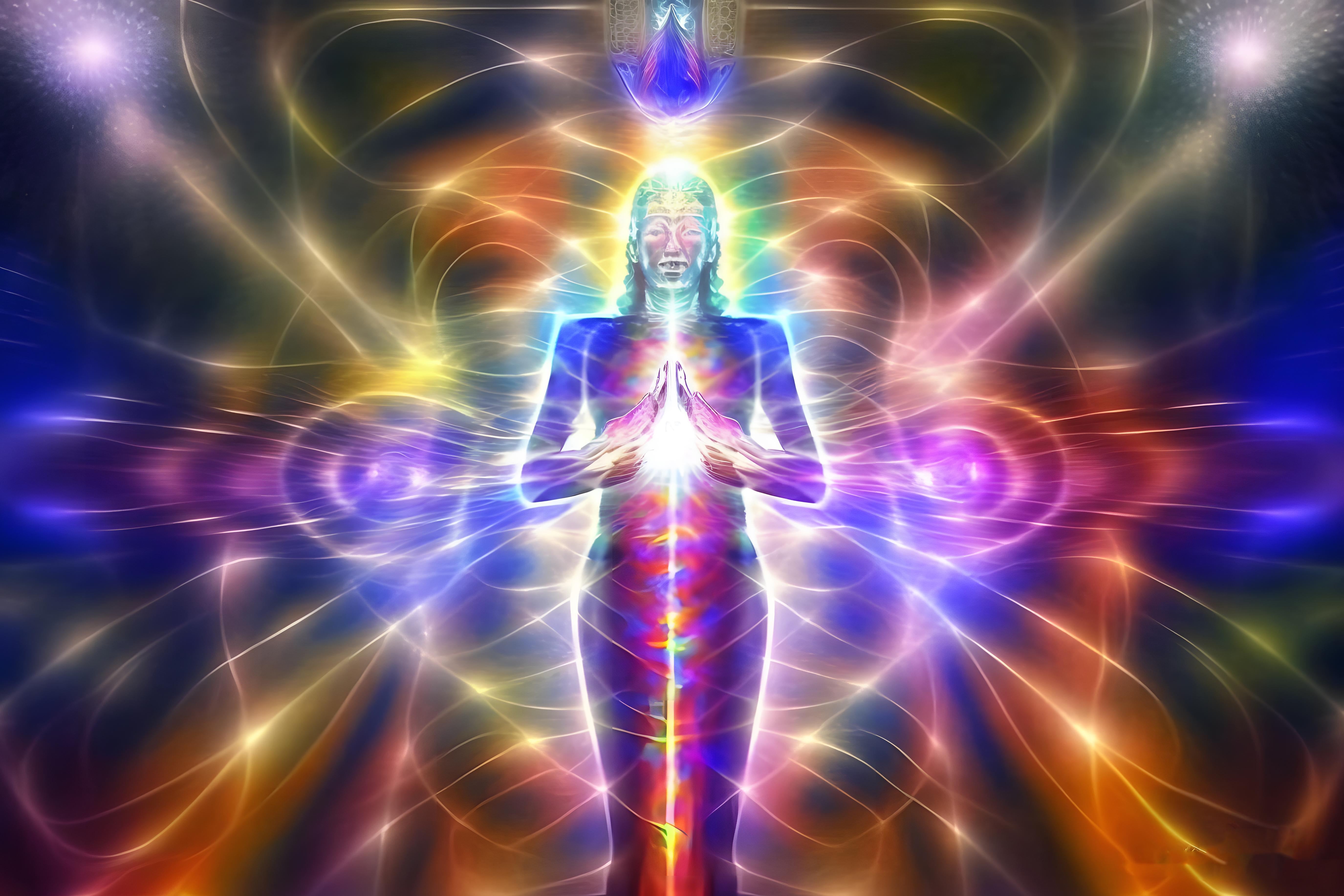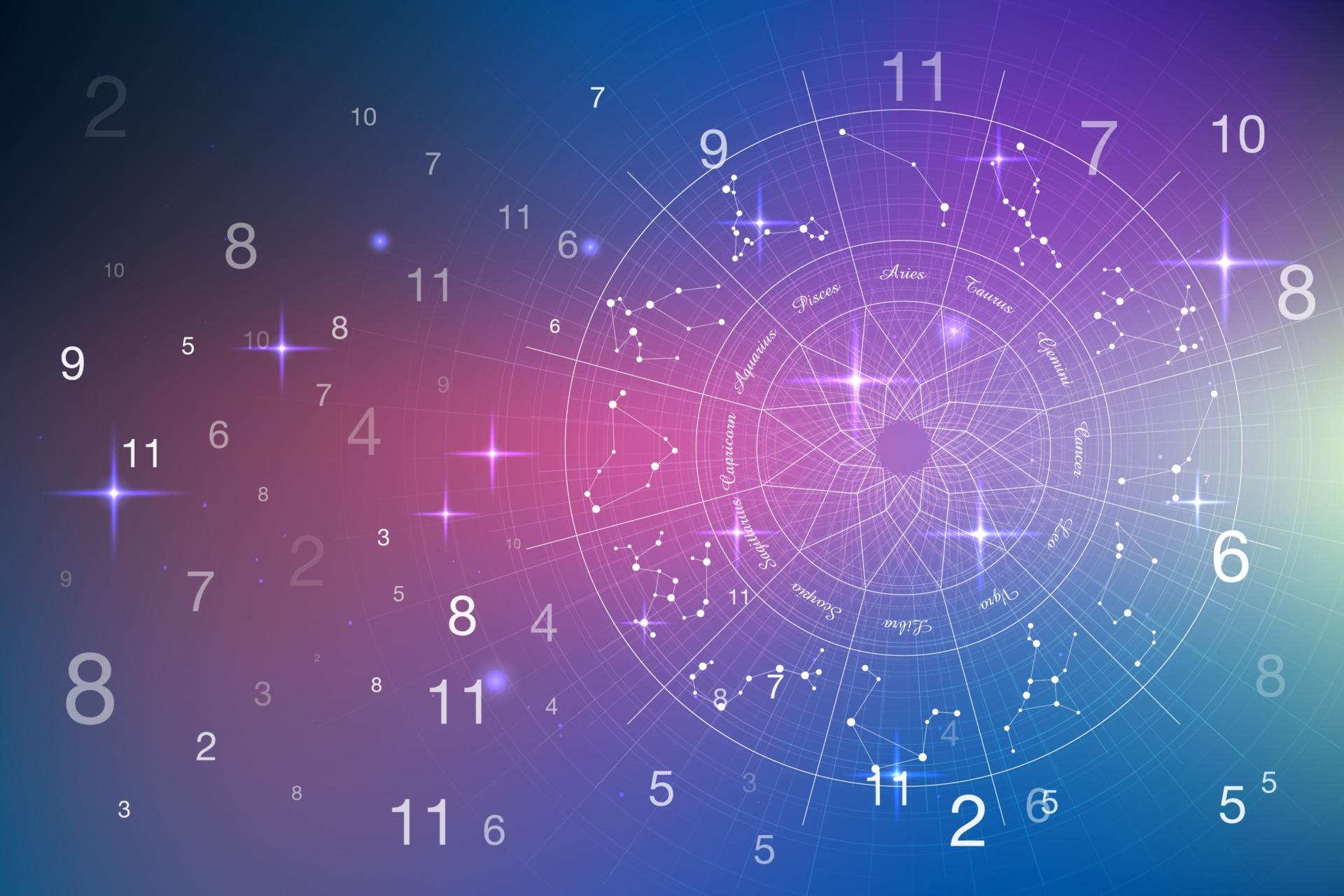Zoroastrianism
1. The Duality of Good and Evil
Zoroastrianism is famously dualistic, emphasizing the constant struggle between Ahura Mazda (the supreme god of goodness) and Angra Mainyu (the spirit of destruction and evil). This cosmic battle between Asha (truth, order, and justice) and Druj (falsehood, disorder, and chaos) plays out in the spiritual and material worlds.
-
Ahura Mazda is viewed as the creator of all that is good, including the heavens, the earth, and all that sustains life. He embodies wisdom, truth, goodness, and order.
-
Angra Mainyu represents everything opposed to Ahura Mazda—chaos, destruction, and deceit. He is the source of all suffering and evil, causing division, confusion, and moral decay in the world.
This cosmic dualism is foundational to Zoroastrianism and influences the religion's moral structure. Individuals are encouraged to align with the forces of Asha (truth) to help tip the balance toward good in the universe.
2. The Amesha Spentas: Divine Attributes of Ahura Mazda
The Amesha Spentas (Holy Immortals) are divine beings or archangels that assist Ahura Mazda in maintaining the world. Each of them represents a particular aspect of creation or a virtue that is central to Zoroastrian moral teachings.
Here are the six Amesha Spentas and what they represent:
-
Vohu Manah (Good Mind) – This spirit embodies good thoughts and wisdom. Humans are encouraged to cultivate clarity, reason, and pure intentions.
-
Asha Vahishta (Best Truth/Truth of the Highest Order) – This being represents truth, order, and righteousness. It is associated with the natural law of the cosmos and the moral law governing human actions.
-
Kshathra Vairya (Power and Dominion) – This spirit is associated with justice, power, and protection. It represents the material world and the pursuit of justice, which ensures that good governance and protection prevail in society.
-
Spenta Armaiti (Holy Devotion) – The embodiment of devotion and humility. She is connected with the earth and agricultural abundance, representing the natural world as sacred and the nurturing of the land.
-
Haurvatat (Wholeness) – The spirit of wholeness and health, embodying the idea of completeness and perfection. Haurvatat represents physical well-being as well as spiritual purity.
-
Ameretat (Immortality) – The spirit of immortality and eternal life. Ameretat represents the eternal, the life force, and the belief that the soul's journey is ultimately toward reunion with Ahura Mazda.
These seven divine figures, including Ahura Mazda, form the divine spiritual hierarchy in Zoroastrianism and illustrate how various aspects of creation, morality, and human life are interconnected with divine principles.
3. The Concept of Asha (Truth, Order)
Asha is one of the most important concepts in Zoroastrianism. It signifies both the cosmic order and the ethical truth that governs the universe. It represents the way things should be in the natural world and within human society, based on truth and righteousness.
-
Asha is the antithesis of Druj, which represents lie, falsehood, and chaos.
-
People are called to live in accordance with Asha by practicing truth, honesty, justice, and purity in their thoughts, words, and deeds.
-
The pursuit of Asha is not just a moral guideline but a way of life that impacts all aspects of human existence, from individual behavior to social structure.
4. Zoroastrian Ethics: Good Thoughts, Good Words, Good Deeds
Zarathustra emphasized a practical moral philosophy, encapsulated in the idea of Good Thoughts, Good Words, Good Deeds:
-
Good Thoughts: This refers to maintaining a virtuous mindset, free from malice, hatred, and deceit. Zoroastrians are encouraged to focus on positive, truthful thoughts that align with Asha.
-
Good Words: Zoroastrianism holds speech in high regard, emphasizing that words should be truthful, kind, and constructive. The idea is to use speech as a tool to promote justice, understanding, and harmony.
-
Good Deeds: This concept stresses the importance of moral actions and behavior. Zoroastrians believe that actions must be aligned with truth and goodness. Every action, big or small, contributes to the spiritual progress of the individual and the world.
5. The Role of Fire in Zoroastrianism
Fire holds a sacred and central role in Zoroastrian worship and symbolizes Ahura Mazda’s divine presence, purity, and truth. It is often considered a living representation of the divine.
-
Fire Temples: Zoroastrians worship in fire temples where an eternal flame is kept burning as a sign of the ongoing divine presence. The flame is maintained in the temple and symbolizes the presence of Asha (truth and order).
-
Purification: Fire is also used in various purification rituals. The Zoroastrian belief system holds that elements such as fire, water, earth, and air are sacred, and maintaining their purity is part of maintaining cosmic order.
-
The Eternal Flame: The Atash Behram (the highest grade of sacred fire) is kept burning in the most important temples. This flame is considered a symbol of divine light and spiritual enlightenment.
6. The Afterlife and Final Judgment
Zoroastrianism has a unique view of the afterlife. After death, the soul faces judgment based on its actions during life:
-
The Chinvat Bridge (Bridge of Judgment) is a central feature in the Zoroastrian afterlife. After death, the soul must cross this bridge to reach its final destination.
-
If the soul has led a life of truth and righteousness, it crosses the bridge to enter paradise (the Best Existence, a place of eternal joy and communion with Ahura Mazda).
-
If the soul has led a life of evil, the bridge becomes narrow and dangerous, and the soul falls into hell (a place of suffering and purification). However, this hell is not eternal; souls will eventually be purified and restored to the good side of creation.
-
Zoroastrianism also teaches that, at the end of time, there will be a final resurrection when the Saoshyant (the savior figure) will come to defeat Angra Mainyu, defeat evil forever, and bring about the renewal of the world. All souls will be resurrected and judged one final time.
7. Environmental Stewardship
Zoroastrianism has a strong focus on the sacredness of nature. Zarathustra taught that humanity’s role was to protect and preserve the earth and its elements, as they were created by Ahura Mazda and are inherently sacred.
-
Zoroastrians are urged to live in harmony with the natural world, taking care of the earth, water, fire, and air, and refraining from polluting or destroying them. The elements of nature are seen as sacred gifts from Ahura Mazda.
-
The act of killing and causing harm to the environment is considered a moral wrongdoing, and Zoroastrians have historically worked to preserve natural spaces and sacred elements like fire.
Conclusion
Zoroastrianism is a religion centered around the cosmic struggle between good and evil, the importance of ethical action, and the belief in a divine plan that includes the eventual triumph of good. Its concepts of Asha (truth), free will, moral responsibility, and the sanctity of the natural world remain influential to this da
Links:



